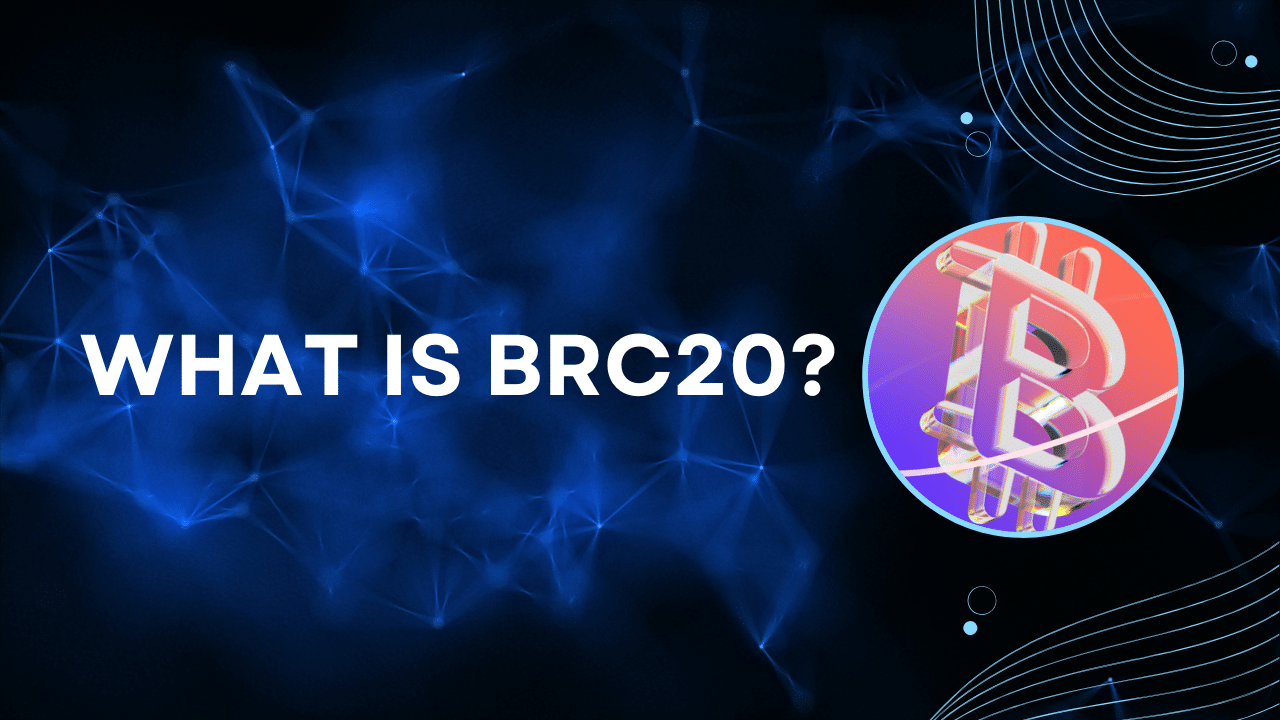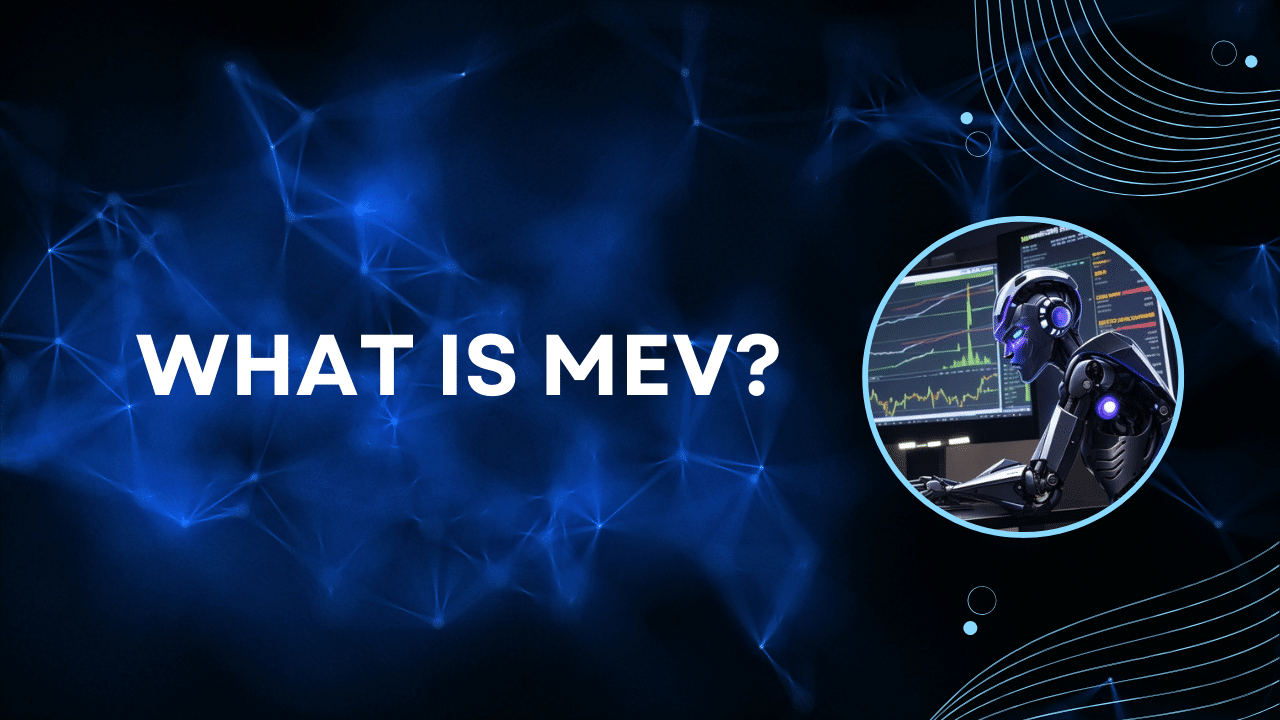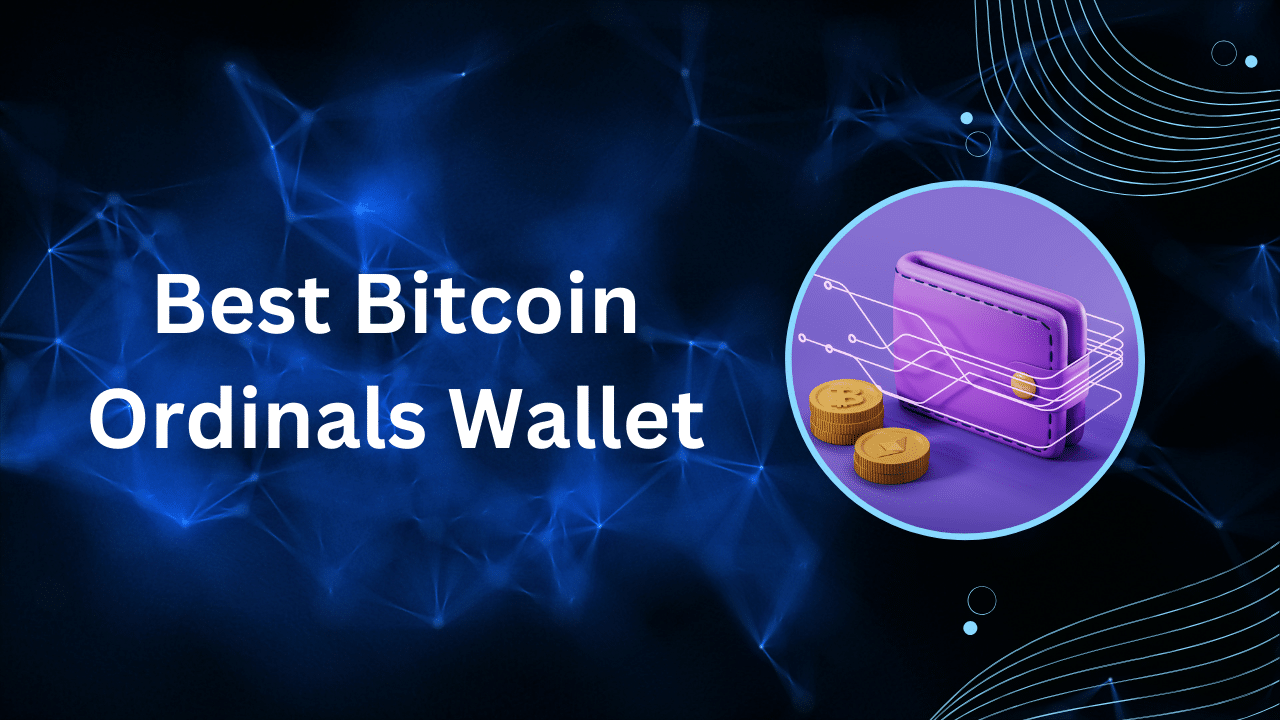Contents
|
|
For a complete rundown on what blockchain technology is and why it matters, check out our ultimate guide: Blockchain For Beginners: What Is Blockchain Technology? A Step-by-Step Guide
Bitcoin and Ethereum are the two largest cryptocurrencies by market cap and they are growing at an exponential rate as the world is becoming more digital and cryptocurrency adoption is growing across institutions and retail.
Satoshi Nakamoto launched the Bitcoin network in Jan 2009, a peer-to-peer electronic cash system as he calls it, in an attempt to democratize currency after the 2008 financial crisis. The Ethereum network was launched in July 2015 by Vitalik Buterin to bring more flexibility into the ecosystem by enabling a new digital economy of the internet of assets.
This guide will explore some of the core differences between Bitcoin and Ethereum by discussing how each of these networks operate and serve different use cases. If you’re a beginner and don’t want to go deep into the depths and the jargons, this guide is perfect for you.
Contents
What’s the Difference Between Bitcoin and Ethereum?
Bitcoin and Ethereum are decentralized computation networks with some subtle engineering tradeoffs between the two. Bitcoin trades flexibility for security by having a limited set of functionalities to prevent bad actors from exploiting the system, and is backed by the enormous amount of hash power that secures the network.

Ethereum trades security for flexibility, as it has created an open system with Turing-complete EVM (Ethereum Virtual Machine) that can host and run decentralized applications through smart contracts. If Bitcoin represents sound money, Ethereum represents programmable money.
Consensus Mechanism
Both Bitcoin and Ethereum utilize a Proof-of-Work (PoW) consensus algorithm in which a global decentralized network of specialized hardware equipment secures the network in a process called mining. However, the Bitcoin consensus process has largely remained unchanged, while significant developments are happening in the Ethereum ecosystem.
Ethereum plans to shift to a Proof-of-Stake (PoS) consensus algorithm where validators will secure the network instead of the miners. Validators will stake a certain amount of tokens on the network to verify and produce blocks. This update is called the Ethereum 2.0, the biggest and widely anticipated update in Ethereum’s history.
Block Confirmation Times
In terms of transaction speeds and block confirmation times, Ethereum is much faster than Bitcoin. Every block in the Bitcoin blockchain takes an average of 10 minutes to confirm, while on the Ethereum network, each block takes 10-20 seconds to confirm. Bitcoin can handle 5-7 transactions per second and Ethereum can handle up to 10 transactions per second on average.
Ethereum can handle more on-chain transactions than Bitcoin, which is essential considering the ecosystem of decentralized applications (DApps) on the Ethereum blockchain. If we see the past trend, the number of transactions on Ethereum has surpassed Bitcoin with a big margin.
Ethereum 2.0 with its Proof-of-Stake consensus algorithm is expected to handle 100,000 transactions per second which is a big jump compared to its current transactions throughput.

Supply of Tokens
Bitcoin has a fixed supply of 21 million BTCs that will be ever created. For each block that is successfully mined, new BTCs are minted, and this process is called the block reward. After every 210,000 blocks, the block rewards are reduced in half in what’s known as halving. The block reward for the first Bitcoin block was 50 BTC, and as of May 2020, the block reward is reduced to 6.25 BTC per block in the third halving event.
On the contrary, Ethereum doesn’t have a hard cap on its total supply of ETH and lacks a deflationary monetary system like Bitcoin. However, after the EIP-1559 upgrade scheduled in August 2021, Ethereum will implement a new mechanism introducing a deflationary characteristic in Ethereum.
EIP-1559 will introduce a new mechanism where instead of a single gas fee, there will be two fees: the base fee and the inclusion fee. The base fee will be fixed per block, and it will be burned. The inclusion fee will be an optional tip for the miners. This fee burning mechanism will decrease the ETH supply overtime, making it stronger than BTC which is fixed in supply.

Account Management
The Bitcoin protocol uses Unspent Transaction Outputs (UTXOs) to manage the ownership of BTCs on the network. Every BTC on the network is an unspent transaction output that is associated with a private key and a public address. When a person moves a certain amount of BTC to another address, they don’t just leave your wallet, but the ownership of UTXO changes to another address.

Ethereum uses an account-based model, similar to a bank account, where your account is debited or credited based on incoming and outgoing transactions. The UTXO model used in Bitcoin is computationally expensive, but the account-based model used in Ethereum is simple and saves a lot of computational effort.

What is Ethereum Used For?
Ethereum is a programmable blockchain platform with a Turing-complete EVM (Ethereum Virtual Machine) that can run smart contracts. Turing-complete is a mathematical model of computation, which simply means you can build any general purpose program for real-world scenarios.
Ethereum is the hub of innovation in the crypto ecosystem and has spawned various industries, such as:
- New forms of fundraising (ICOs and STOs)
- Decentralized Finance (DeFi) applications and protocols
- Non-Fungible Tokens (NFTs)
Ethereum is home to various decentralized applications for digital money, global payments, exchanges, peer-to-peer lending, and others in a booming digital economy. DeFi alone has grown to become a $66.18 billion industry with over $5.5 billion in daily trading volumes. At its peak this year, the total value locked (TVL) in various Ethereum-based DeFi protocols exceeded $88.7 billion.

What is Bitcoin Used For?
Bitcoin is the digital gold and is the only crypto asset that is getting widespread adoption from institutions such as Tesla, Grayscale Bitcoin Trust, MicroStrategy, and others. Bitcoin is now designated as a legal tender in El-Salvador, a small country in Central America. Other countries such as Paraguay, Panama, Brazil, and Mexico have expressed their support for Bitcoin adoption.
Bitcoin is widely used as a store of value, a digital alternative to gold. Although we have seen a lot of price volatility in Bitcoin throughout these years, it managed to rise from pennies to $64,000 at its peak this year. Compared to Ethereum, there isn’t much development activity happening on Bitcoin, mainly because of its lack of protocol flexibility.
Is Ethereum Better Than Bitcoin?
Ethereum and Bitcoin are two different networks that have made certain trade-offs. Bitcoin has chosen security, while Ethereum has chosen flexibility by design. One is not better than the other; they both compliment each other. With cross-chain interoperability solutions, decentralized applications will benefit from Ethereum’s flexibility and the unmatched security offered by Bitcoin.
Summary
Bitcoin and Ethereum are the two largest crypto-networks in existence today with some subtle differences. Bitcoin trades flexibility for security by including a limited set of functionalities and a robust economic security model that secures the network. Ethereum trades security for flexibility, by providing an open platform to build decentralized applications which laid the foundation of new industries such as DeFi.
Author Bio
Short Bio:
Haroon Baig is a blockchain researcher and writer.
Long Bio:
Haroon Baig is an Ex-Microsoft hire, a coding geek turned freelance researcher and writer at Decentralised Lab. He works with companies of every size in the blockchain space to establish, expand, and improve their online footprint through his writings. He got involved in the crypto space back in 2012 and was fascinated by the underlying technology. Since then, he has been educating people about this space through his content.
- LinkedIn: https://www.linkedin.com/in/haroonbaigtsf/
- Twitter: https://twitter.com/PyBaig
- Website: https://decentralisedlab.com/
Picture:









